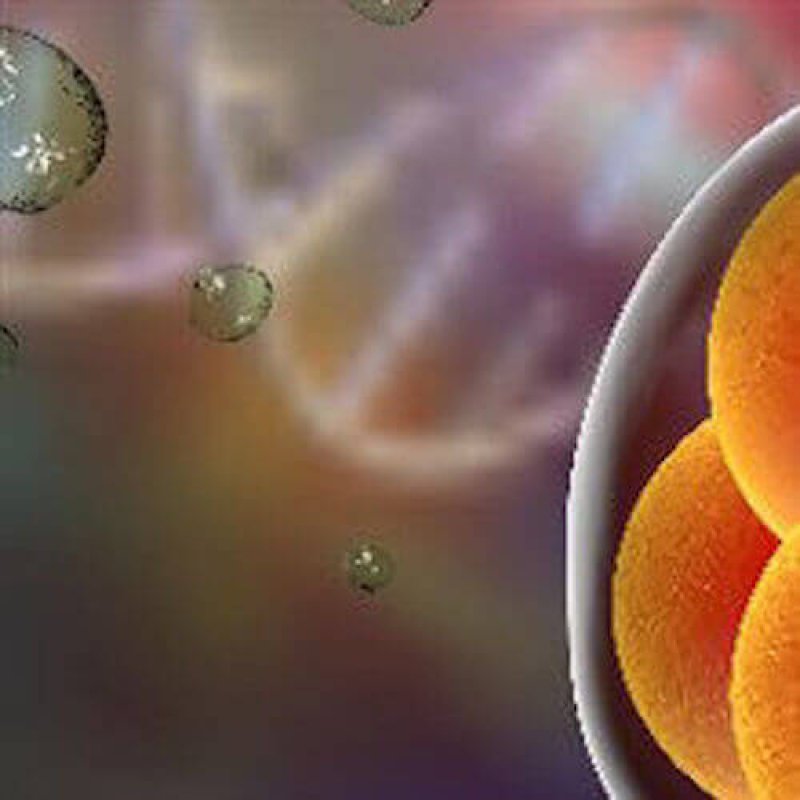A new CRISPR technique could prevent humans from passing on a potentially life-threatening disorder, according to Chinese researchers.
An estimated 1 in 5,000 people across the globe suffers from Marfan Syndrome, a genetic disorder that affects the body’s connective tissue.
…
If a person has Marfan Syndrome, there’s a 50 percent chance their child will too. But according to a new study published in Molecular Therapy, CRISPR might be able to improve those odds.
Typically, CRISPR works a lot like a word processor’s cut and paste function; a researcher can use the tool to target a specific spot in an organism’s genetic code, cut the DNA strands, and either insert a new gene into the gap or let the strands repair themselves.
Unfortunately, past research has shown that these cuts to both strands of DNA can produce unwanted edits and potentially even cause cancer.
The Chinese researchers … tried something called “base editing,”… . With base editing, the CRISPR system simply changes one DNA letter to another (for example, swapping an A for a G).
…
According to the study, the researchers were able to correct the mutation that causes Marfan Syndrome in 18 viable human embryos — embryos created by joining a sperm and an egg that doctors could conceivably implant into a person to induce pregnancy.
Read full, original post: A New CRISPR Technique Let Researchers Repair a Genetic Mutation in Viable Human Embryos































